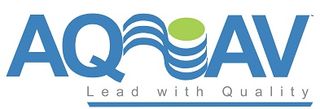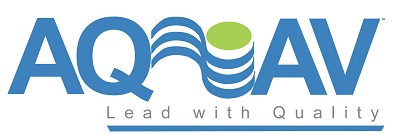
The Association for Quality in Audio Visual Technology (AQAV) will be naming Level 3 Audiovisual as an approved training center for AV9000 CQT classes on the West coast of the U.S.
“It has been my ambition to bring basic quality management principles to the audiovisual technology industry, as other industries have done, primarily for the benefit of the consumer, and therefore for the benefit of all who manage, procure, manufacture, design, install, program, and service that industry,” said Mario Maltese, executive director for AQAV. “By offering AV integrators the option to become CQT certified through a ‘university’-type of setting on the West coast, such as that at Level 3 Audiovisual, our hope is to increase the amount of quality installations that will ultimately benefit the end user.”
”I am honored at the opportunity to take what Mario has laid out, as an AV9000 leader, and implement these quality assurance processes into other AV integrators’ operations workflows,” said Jeremy Elsesser, COO at Level 3 Audiovisual. “The implementation of AV9000 into our own operations has eliminated many problems people normally run into when completing large scale AV installations. We hope that teaching other AV companies the benefits of implementing an AV9000 workflow into their operations will increase both their revenue as well as the customer’s satisfaction.”
Level 3 Audiovisual has expanded its facility to over 20,000 square feet and plans to offer classes in its facility by the end of 2016. Audiovisual integration companies, corporate media managers, and/or enterprise AV managers who want to be trained in AV9000 will now have a West coast option rather than flying to the East coast, where AQAV is headquartered.
“The benefits a company will experience after implementing an AV9000 workflow will be huge and immediate,” Elsesser said. “Having racked, terminated, tested, and commissioned the project equipment before taking it to the field ensures a reduction in field hours, a faster install time, and relief from dealing with surprise errors and equipment failures.”













